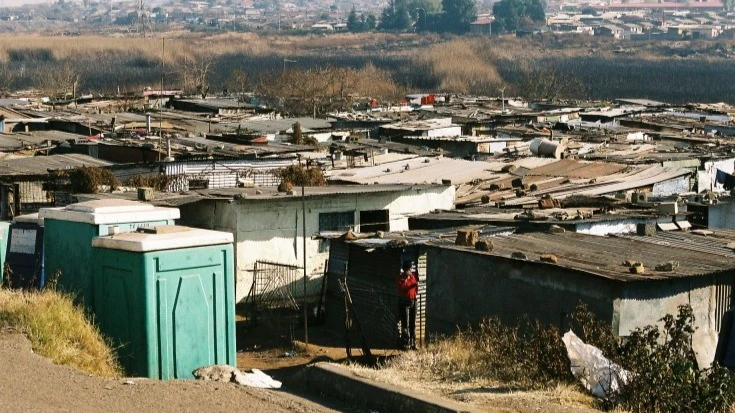Africa can turn its poverty, unemployment and inequality

Africa Can Turn Its Poverty: Unemployment, and Inequality
Despite the significant strides made towards achieving the Sustainable Development Goals (SDGs), poverty, unemployment, and inequality remain pressing challenges in Africa. The latest data from the Global Multidimensional Poverty Index (MPI) 2023 reveals that sub-Saharan Africa continues to bear the highest burden, with about 534 million people, or 47.8% of the global poor, residing in this region. The fight to eradicate poverty is far from over, with many African nations struggling to make substantial progress.
The Reality of Poverty in Africa
Poverty levels in Africa, particularly in sub-Saharan Africa, are disproportionately high. The MPI 2023 reports that not only is this region home to the highest number of poor people globally, but it also holds the poorest of the poor. This is especially alarming when considering that 54.1% of poor children live in sub-Saharan Africa, highlighting the urgent need to focus on poverty reduction for children.
Unfortunately, the consequences of poverty go beyond the financial struggles faced by individuals and families. It directly impacts children’s education, health, and opportunities for a better future. Despite efforts to alleviate these challenges, poverty continues to affect more than half of the population in many countries across the continent, especially in countries like Nigeria, Democratic Republic of Congo, and Tanzania.
Unemployment and Its Connection to Poverty
The challenge of unemployment exacerbates poverty in Africa, as noted in the International Labour Organisation’s (ILO) 2024 report. In sub-Saharan Africa, around a third of the employed population lives in extreme poverty, with many surviving on less than $2.15 per day. This economic disparity places an enormous strain on families, further widening the inequality gap.
A major factor contributing to these levels of poverty and unemployment is the region’s vulnerability to external economic shocks, such as the aftermath of the COVID-19 pandemic and climate change. Limited fiscal space has hindered many African governments’ ability to respond effectively to these challenges, which often result in stagnation or even regression in economic development.
A Glimmer of Hope: Solutions for a Greener, Job-Rich Future
The United Nations’ 2024 Economic Report on Africa suggests that Africa has the potential to turn the tide on poverty and inequality. To do so, the continent must embrace a greener growth path, one that is not only job-rich but also sustainable. By investing in renewable energy and strengthening human capital through improvements in health and education, Africa can lay the foundation for a prosperous and sustainable future.
One of the most significant opportunities lies in Africa’s rich natural resources, arable land, and youthful population. These assets, combined with a shift toward clean energy, can pave the way for economic transformation. However, realizing this potential requires a fundamental shift in national policies and planning, as well as greater involvement from the private sector and international partners.
Furthermore, the African Continental Free Trade Area (AfCFTA) has the potential to boost intra-African trade, create jobs, and help address the continent’s energy and food gaps. Fostering regional integration and collaborating across borders will be key to unlocking sustainable growth.
Conclusion
Africa stands at a crossroads, facing significant challenges but also possessing immense potential for change. With focused efforts on creating job-rich, green growth and prioritizing the education, health, and economic empowerment of its population, the continent can overcome the barriers of poverty, unemployment, and inequality. While the road ahead is long, the right investments, policies, and partnerships can help Africa realize a prosperous, inclusive, and sustainable future.
More News



